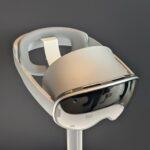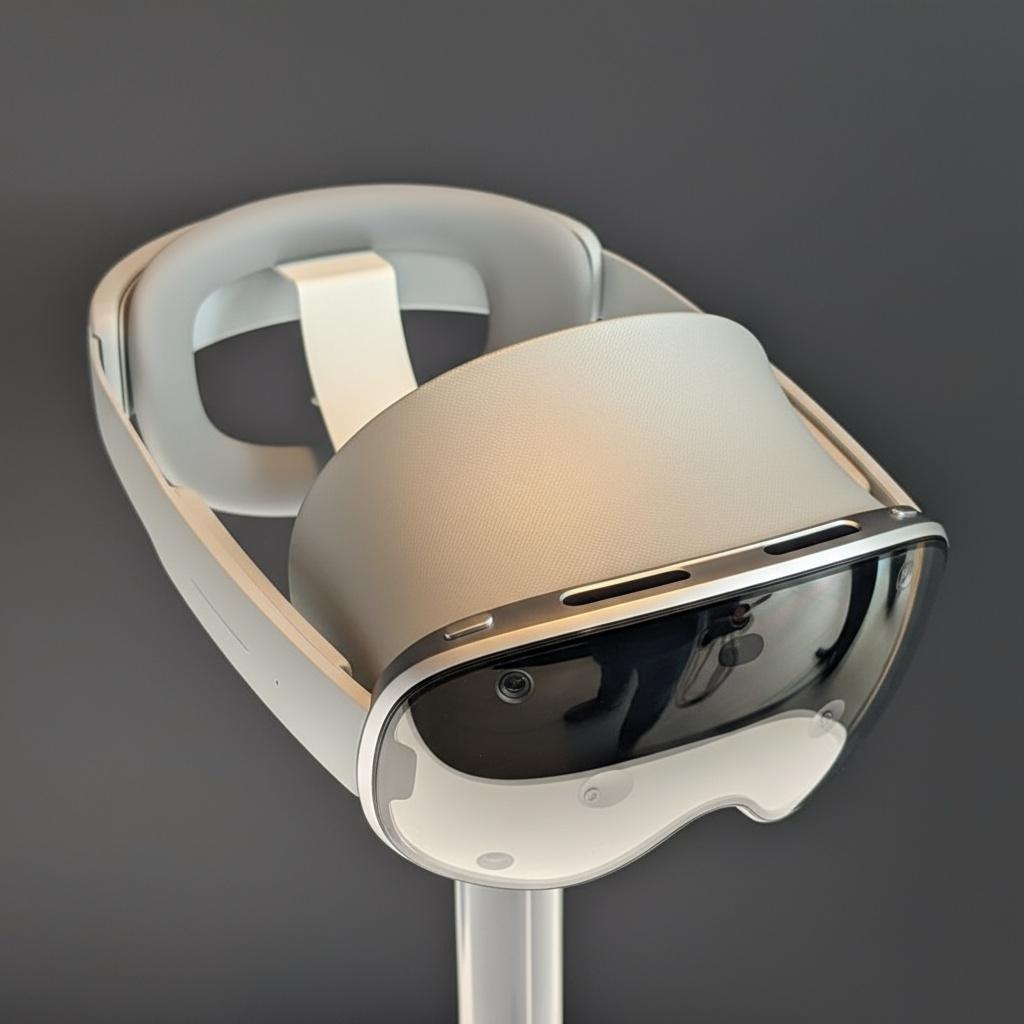I went into Samsung’s Galaxy XR demo expecting another nice-but-niche headset; I walked out thinking this is the first mixed reality device that actually fits how I work and live. Where Apple’s Vision Pro dazzled but felt like a one-person showpiece, Galaxy XR comes across as a practical, balanced tool that marries immersion with everyday usability—and that shift in emphasis makes all the difference.
At the core is Android XR, a new platform built in partnership with Google and Qualcomm. It’s designed for spatial computing from the ground up and folds in Gemini-powered AI so the headset understands your context, your apps, and your environment. The result is a system that feels less like a tech demo and more like a computing platform that respects how people move between tasks, places, and inputs.
Comfort is the quiet breakthrough here. The headset’s weight distribution, cushioned support points, and precise fit dial work together to take pressure off your face, which matters for long sessions. A detachable light shield lets you choose between open mixed reality and deeper immersion without juggling accessories. It all signals that Samsung prioritized wearability as much as wow factor.
Interaction is fluid and familiar. Eye tracking lets you target UI elements with a glance, hand tracking provides natural gestures for selection and navigation, and voice commands tie it all together. You don’t have to learn esoteric inputs; you just use the same modalities you already rely on across devices—only now they work together in 3D space.
Visuals are crisp, and spatial awareness is strong thanks to depth sensing, which helps virtual objects sit convincingly in your room. Passthrough is serviceable for mixed work, though it can still look a touch dark and grainy at times—an honest reminder that this category is evolving. Even so, the improved color and depth perception make the “blend” feel more believable than most headsets I’ve tried.
Content and apps are where Galaxy XR separates itself. Because it runs Android XR, you get a pipeline of familiar Google apps and services—Maps, Photos, YouTube, Meet—alongside native entertainment, productivity, and creative tools. Crucially, major streaming apps run natively, and developers can tap standards like OpenXR and WebXR, so the ecosystem isn’t starting from zero.
For business use, the pitch makes sense: immersive collaboration that doesn’t isolate you, spatial productivity that respects real-world context, and multimodal AI that shortens the distance between intent and action. Compared to Vision Pro’s breathtaking but solitary showcase and Meta’s gaming-first lean, Galaxy XR feels like an everyday mixed reality machine that’s ready to clock in.
It’s not flawless—pricing, battery life, and long-term developer traction still matter—but Samsung’s approach finally convinced me there’s a path to mainstream mixed reality. By prioritizing comfort, a robust app foundation, and AI that actually helps, Galaxy XR delivers the first headset experience that feels less like a preview of the future and more like a platform I could use today.






